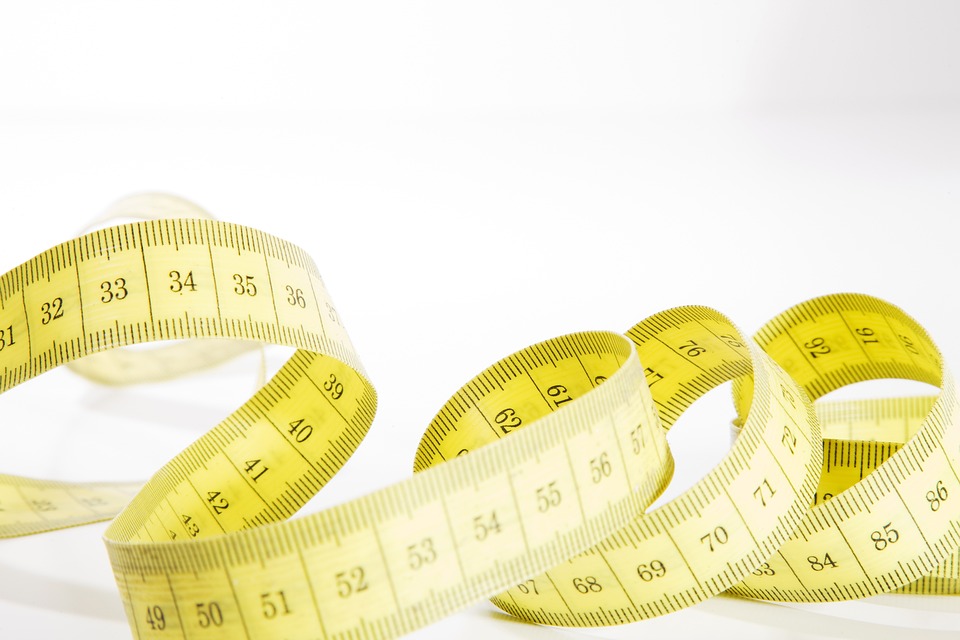Cotton bias binding tape is a versatile and essential tool for any sewing project. It is used to finish seams, add a decorative edge, or bind raw edges to create a clean and professional finish. If you are new to the world of sewing or simply looking to upgrade your skills, understanding the different types of cotton bias binding tape and how to use them is crucial. In this ultimate guide, we will help you navigate the world of cotton bias binding tape and provide you with tips for choosing the right type and using it effectively for your sewing projects.
Choosing the right type of cotton bias binding tape:
1. Width: Cotton bias binding tape comes in various widths, ranging from ½ inch to 2 inches. The width you choose will depend on the type of project you are working on. Thinner tapes (1/2 inch) are perfect for lightweight fabrics and delicate projects, while wider tapes (1 inch or more) are ideal for heavier fabrics and more substantial projects.
2. Color and pattern: Cotton bias binding tape comes in a wide range of colors and patterns, allowing you to add a decorative touch to your projects. When selecting the color and pattern, consider the overall design and theme of your project. If you want the binding tape to blend in seamlessly, choose a color that matches the fabric. For a more eye-catching look, opt for a contrasting or coordinating color.
3. Material: It is essential to choose a high-quality cotton bias binding tape to ensure a durable and professional finish. Look for tapes that are made from 100% cotton, as they are strong, flexible, and easy to work with. Avoid tapes made from synthetic materials, as they may not hold up as well over time.
Using cotton bias binding tape:
1. Preparing the fabric: Before applying the bias binding tape, it is essential to prepare the fabric by pressing and folding the edges. This will create a clean and even edge for attaching the tape.
2. Attaching the tape: Start by unfolding the bias tape and pinning it to the raw edge of the fabric, right sides together. Sew along the crease line of the tape, ensuring that you catch both the front and back of the tape as you sew. Use a matching thread to create a seamless finish.
3. Finishing the ends: When you reach the end of the fabric, overlap the bias tape by a small amount and sew in place. This will create a clean and finished look without any frayed edges.
4. Pressing and topstitching: Once the bias tape is attached, press the seam open and then fold the bias tape over to the wrong side of the fabric. Press the tape in place and then topstitch on the right side of the fabric to secure the tape in place.
In conclusion, cotton bias binding tape is an essential tool for any sewing project, and understanding how to choose the right type and use it effectively is crucial. By following the tips outlined in this ultimate guide, you can elevate your sewing projects and achieve a professional and polished finish every time. Whether you are a beginner or an experienced sewer, mastering the art of using cotton bias binding tape will take your sewing skills to the next level.

